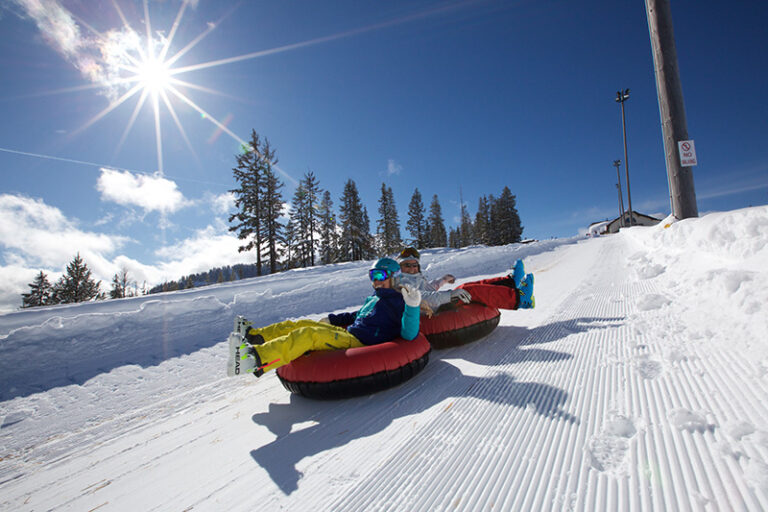There is a common misconception that hydration is only about how much water you drink. While water is a key part of hydration, the true equation is water + electrolytes = hydration. In the midst of this outdoor season, it’s a good time to take a fresh look at your hydration strategy.
Electrolytes are mineral salts that direct the flow of water throughout the body for nourishment, removing waste and providing the electrical conduction for our muscles, nerves and brain. The four primary salts are sodium, potassium, calcium and magnesium, supported by the four secondary salts phosphorus, sulfur, bicarbonate and chloride. Together they promote healthy blood pressure and circulation and protect against physical and mental fatigue, cramping, and infection.
‘Hydrated’ seems an inadequate term to describe the wide-ranging benefits of water and electrolytes. The goal of good hydration is to attain the right proportion of water and electrolytes to fit the demands of your body and lifestyle, which makes the hydration equation very personal. A healthy body does a good job of managing electrolytes if it has access to the eight mineral salts along with adequate fluid intake. Drinking enough water daily is the first step, but too much water dilutes electrolytes, creating electrolyte deficiencies. Electrolyte deficiencies and imbalances can also occur due to one’s diet, activity level, illness, injury or medication side effects. Signs your hydration equation is off? Unquenchable thirst, muscle cramps, high or low blood pressure, dry skin, cold feet or hands, constipation, excessive sweating or not sweating even in hot conditions.
A smart way to approach optimal hydration is to work at it daily to build a reservoir of fluids and electrolytes to draw from when you get geared up to play or compete. Consider adding an electrolyte replacement drink or supplement if your hydration equation needs help and choose an electrolyte replacement with as many of the eight electrolyte salts as possible. At a minimum, be sure it has sodium, potassium and magnesium. Remember, electrolytes work best together. Choosing just one – say to help with muscle cramping – usually involves guessing and not getting the best results. Cramping could mean a magnesium, potassium, calcium or sodium deficiency, so using a full-spectrum electrolyte supplement can help take the guesswork out of which electrolyte your body needs.
Pay special attention to the sodium-to-potassium ratio when shopping for electrolytes. Classic sports drinks are designed to replenish sodium lost from sweating and typically have twice as much sodium as potassium. Sports drinks are best used only on days when strenuous activity is planned because the high sodium-to-potassium ratio can create problems with blood pressure and could make you more dehydrated. For daily use, find an electrolyte replacement with more potassium than sodium.
The benefits of adequate hydration may be more far-reaching than you ever imagined. If you have signs your hydration equation is off, work on adding water + electrolytes every day for a while and see if you get better, more consistent performance and energy to play longer and recover faster. // (Tim Cunninghamm & Karen Nielsen)
Tim Cunninghamm and Karen Nielsen own and manage SENSEable Supplements, a Spokane-based company that makes Lyte Balance Electrolyte Concentrate. Learn more about Lyte Balance at senseablesupplements.com.













